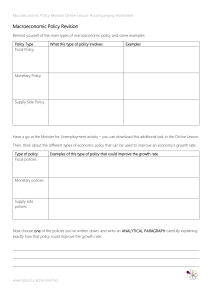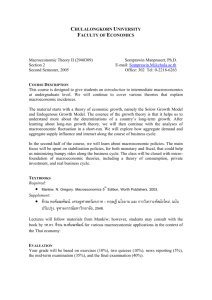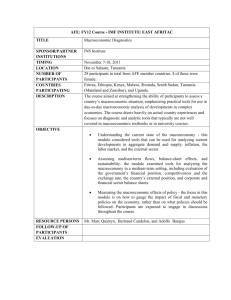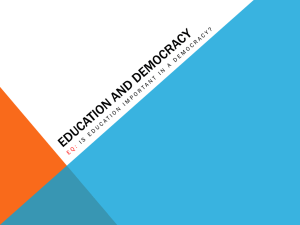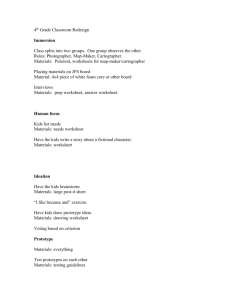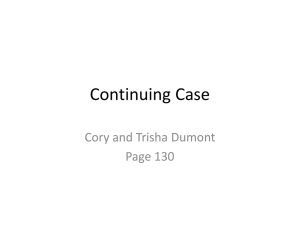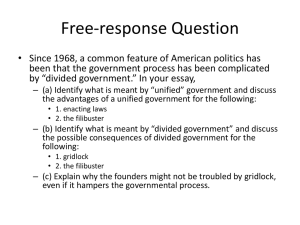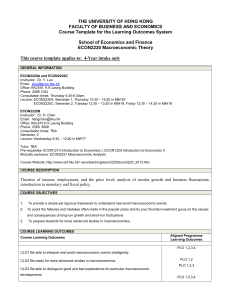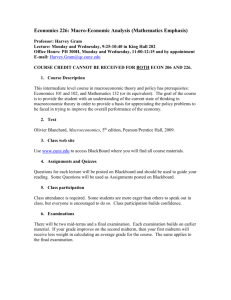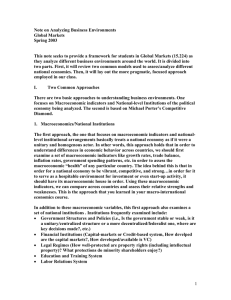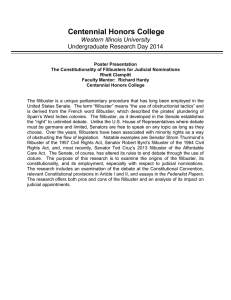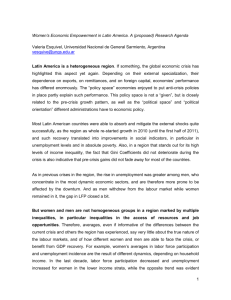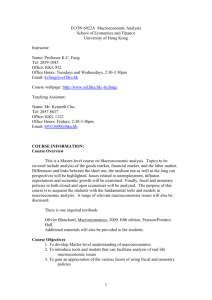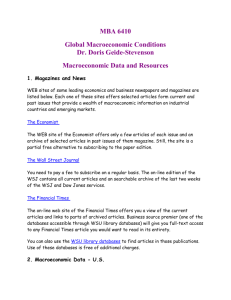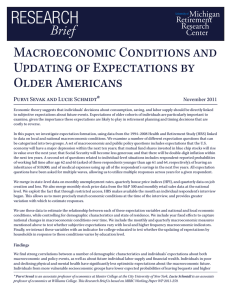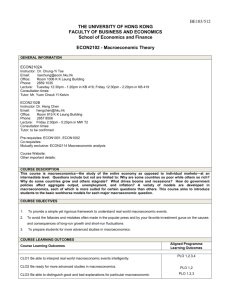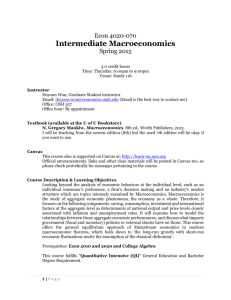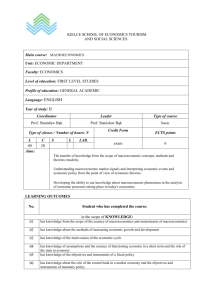Regression Assignment
advertisement
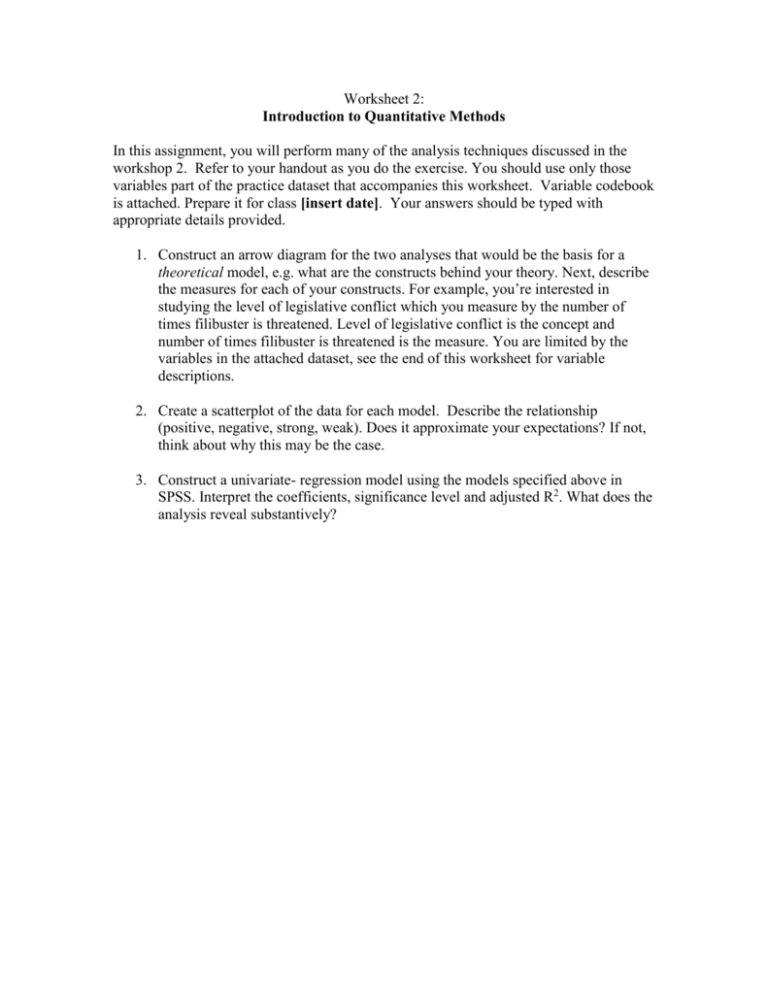
Worksheet 2: Introduction to Quantitative Methods In this assignment, you will perform many of the analysis techniques discussed in the workshop 2. Refer to your handout as you do the exercise. You should use only those variables part of the practice dataset that accompanies this worksheet. Variable codebook is attached. Prepare it for class [insert date]. Your answers should be typed with appropriate details provided. 1. Construct an arrow diagram for the two analyses that would be the basis for a theoretical model, e.g. what are the constructs behind your theory. Next, describe the measures for each of your constructs. For example, you’re interested in studying the level of legislative conflict which you measure by the number of times filibuster is threatened. Level of legislative conflict is the concept and number of times filibuster is threatened is the measure. You are limited by the variables in the attached dataset, see the end of this worksheet for variable descriptions. 2. Create a scatterplot of the data for each model. Describe the relationship (positive, negative, strong, weak). Does it approximate your expectations? If not, think about why this may be the case. 3. Construct a univariate- regression model using the models specified above in SPSS. Interpret the coefficients, significance level and adjusted R2. What does the analysis reveal substantively? Variables year: 1946-2003 econhear: number of Congressional hearings on Macroeconomic Issues (100) econtime: number of NY Times stories on Macroeconomic Issues econpls: number of public laws passed on Macroeconomic Issues econmip: percentage of respondents who named economic issues as the “most important problem facing the county” gini: index of inequality for households, greater values signify greater inequality mdnincome: median income of U.S. families in constant 2003 dollars poverty: poverty rate for families in the United States

